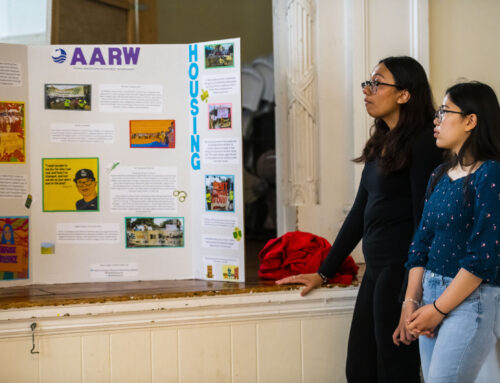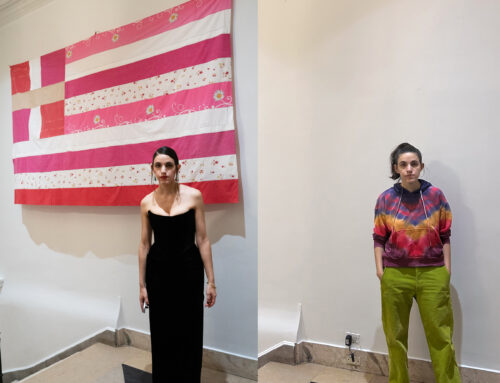Menstrual hygiene management is an issue in the rural Indian context in which my school is located. It is caused and aggravated by cultural stigma, infrastructural failures, environmental concerns
This is the story of what happened next.
In our school, community work and volunteering have a central place. I rapidly got myself involved in a project dealing with young women from our local communities. It was focused on physical fitness and overcoming societal and self-imposed limitations in the outdoors. Throughout our weekly swimming sessions we noticed that we had female absentees in every session. The reason? They were on their period. Through conversation we realized that they were not given affordable access to hygienic menstrual products and that the impact didn’t stop at our swimming sessions.
Fueled by religious beliefs, the stigma around menstrual health causes Indian women to be banned from religious spaces, kitchens, and at worst from their home during their period. According to a 2011 Nielsen study, 23% of girls between the ages of 12 and 18 drop out of school after beginning menstruation. In addition, the high cost of disposable sanitary napkins forces many women (about 88% of the Indian menstruating women, estimates the Nielsen study to turn to uncomfortable and sometimes unhygienic methods of managing their period.
Most girls use a piece of cloth to collect the blood, which can pose an enormous sanitary risk when not dried out properly in the sun. This is very common since the women are too embarrassed to hang the fabric outside their house. And even though some girls used disposable products, disposing them remained an issue, as they have no other choice but to bury or burn them far away from their homes.
Aside from the environmental issue that disposable products represent, the shame and burden linked to this practice is impacting women throughout the country. We discovered that not only was there poor access to menstrual products in rural India, but there was also a true deficit in the education surrounding reproductive health, menstruation and women’s bodies in general.

Amaavasya, a Human-Centered Design Approach
This is how, five fellow UWC students from Lebanon, Ethiopia, India and USA and I started Amaavasya, a local impact initiative raising awareness about menstrual health through influential and outspoken women, who constitute our focus group. We believe that the women facing these challenges have the solution themselves and should be the ones leading change, and we were ready to help them as much as we could along that path.
We first conducted field interviews with women from the villages of Asde and Sawargaon in the Maharashtra state of India to map the depth of the issue, and the breadth of our target audience from their own point of view.
Although the problem we were tackling was very clear, the question of how to tactfully reach out to local communities without imposing our foreign vision became central. Based on the advice of our UWC mentors, and our ground work, we decided to follow a Human-Centered Design(HCD) approach as the foundation of our project. We wanted to make sure that the people who will be ultimately impacted by the initiative- Indian Women from rural Maharashtra – were involved in the whole process from design to implementation.
The “Butterfly Effect”
Since the project was launched in December 2017, we’ve come a long way. We’ve identified and contributed to allowing our local ambassadors to empower themselves. They will slowly begin instigating talks to local communities about safe, environmentally and economically sustainable menstrual practice. In Asde and Sawargaon only, we estimate that our project will reach at least 125 women. We have established partnerships with NGOs to expand beyond these local communities. Thanks to the support of the Aurora Foundation, we’re sponsoring the supply of reusable menstrual products and covering the travel expenses of our ambassadors.
Taking that into account, our goal for the future is to provide women from rural areas with the educational framework and tools necessary to help educate their peers and further spread the word about menstrual health. This process will also act as a catalyst for further change in their community as they develop the capacity to do so.
As foreign students to this context, we see our role as one of facilitation of the process, rather than one of imposing our external vision of what is, after all a very intricate and personal situation. Our next challenge? Involving men in a wider community discourse. Indeed, the fact that menstruation is perceived as a private issue, that women need to confront on their own, increases the complexity of the problem. Through the interviews we conducted in the villages, our focus team expressed the desire to include men in the debate. We couldn’t agree more, but again, it had to be voiced out by the women villagers first. Not us.





WOW! What an amazing and awe-inspiring project and approach!! You should be proud of what you’ll are doing! Hope you women can have a positive impact in your local community! Congratulations!!!